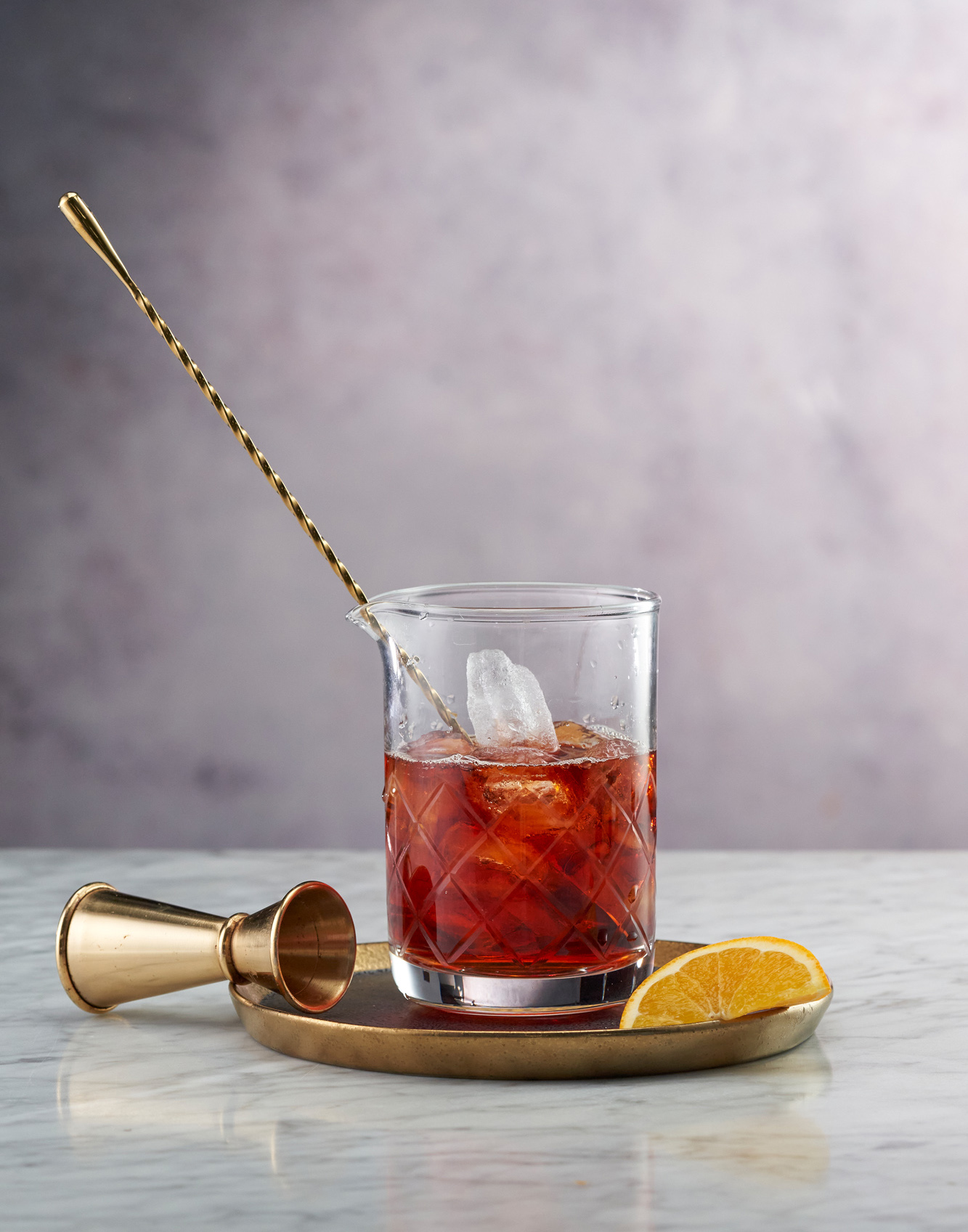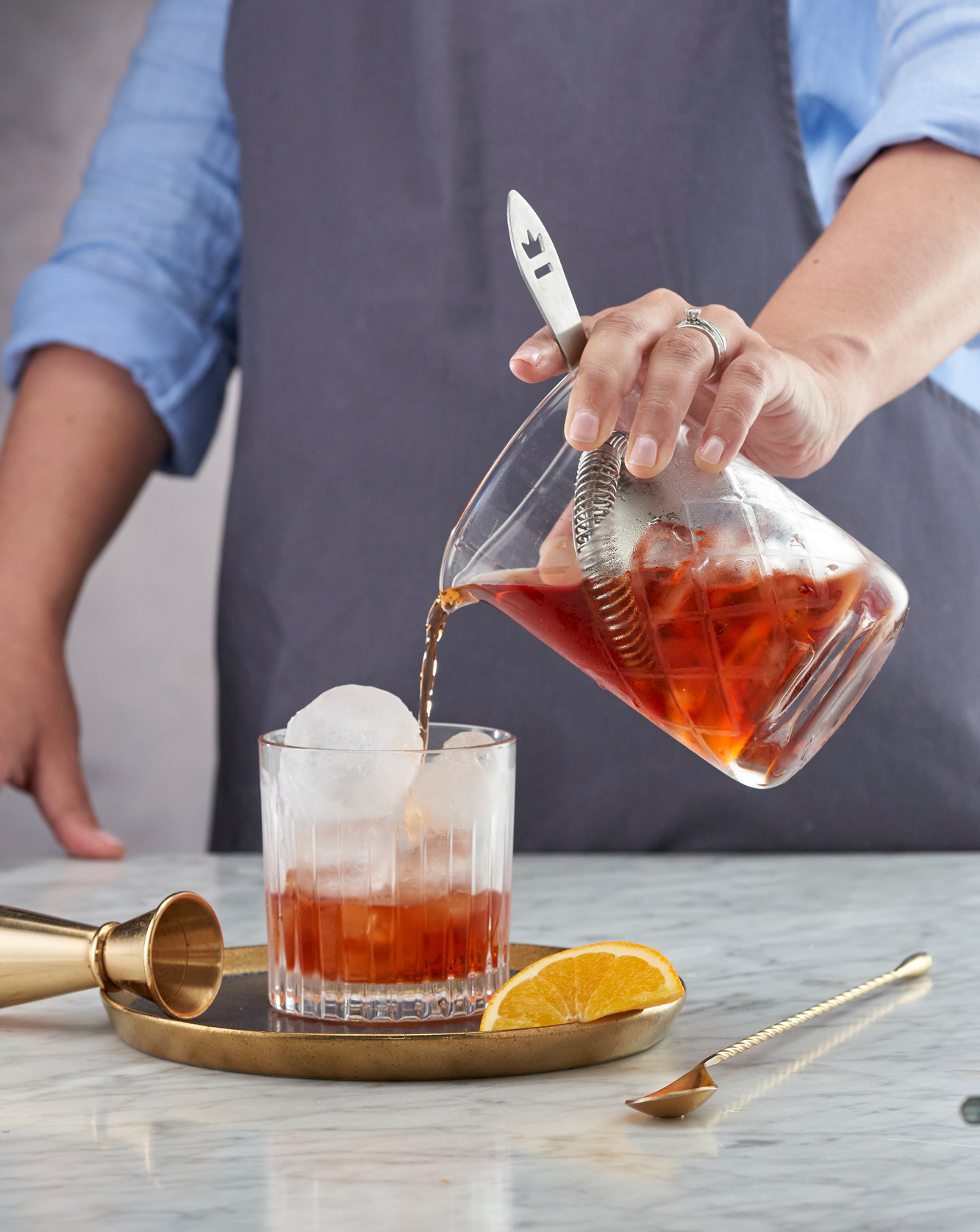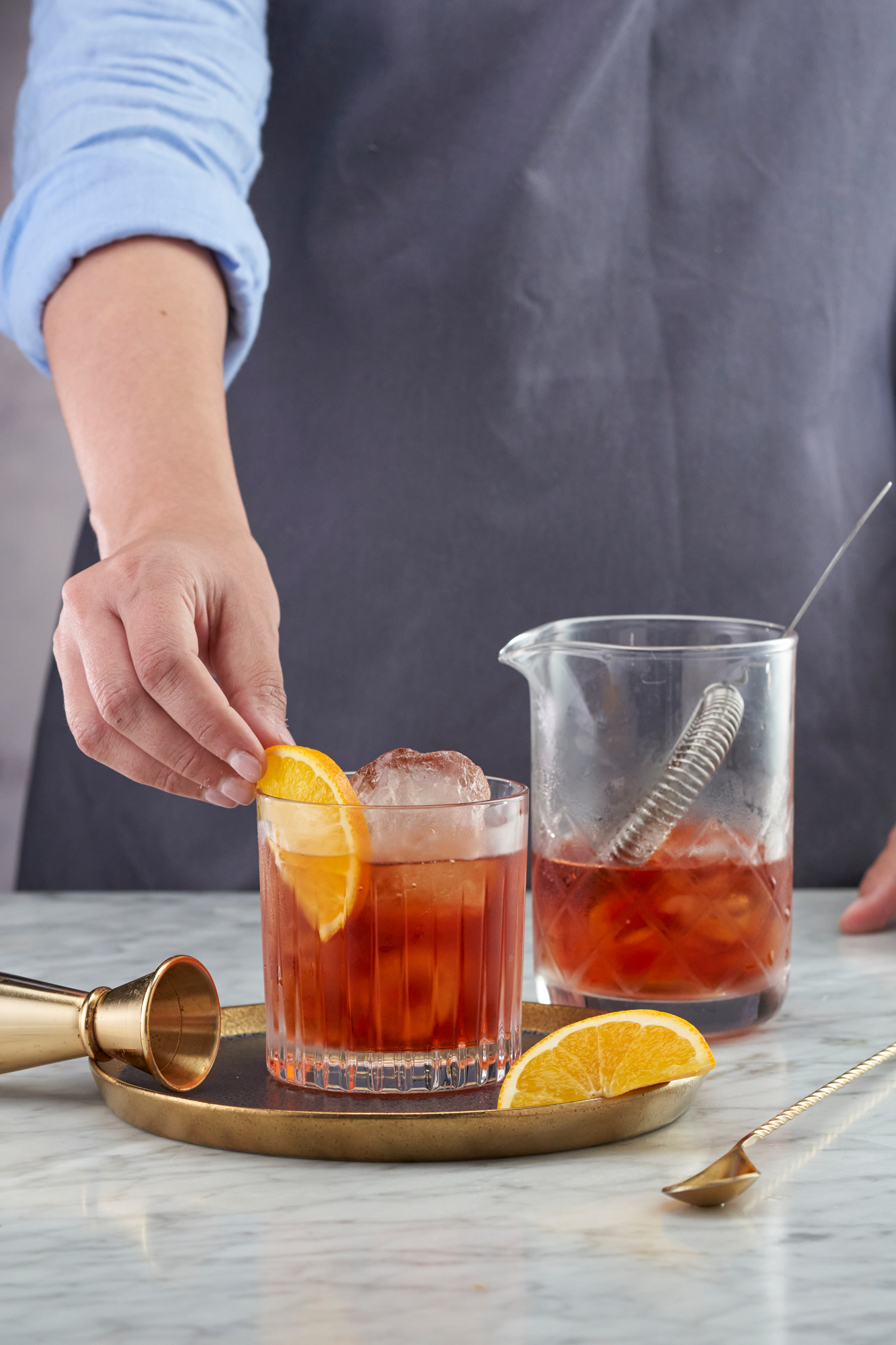How to make a great Negroni
Posted by Spirits Kiosk on 10 Feb 2021
The Negroni, revered by enthusiasts, inexplicably bitter to the naysayers and whose ruby red charm is synonymous with the Italian Riviera, the Aperitivo hour and is one of Gin’s most iconic cocktails.
 Made with equal parts gin, vermouth and bitters it’s such an easy cocktail to make, but the secret to a truly spectacular Negroni is about how well those three elements combine. Understanding how the flavours merge, compliment, interact and culminate to create something that’s so much more than the sum of its parts is the pursuit we Negroni nerds agonise over and passionately debate.
Made with equal parts gin, vermouth and bitters it’s such an easy cocktail to make, but the secret to a truly spectacular Negroni is about how well those three elements combine. Understanding how the flavours merge, compliment, interact and culminate to create something that’s so much more than the sum of its parts is the pursuit we Negroni nerds agonise over and passionately debate.
Here, we’ve put together some simple advice as to what to look for each of the components and what might suit your preferences. There's also our amazing curator Sara Jane Davis' article, A Negroni Love Affair, with many suggestions for pairings as well.
While (controversially) we think the most important part of a Negroni is the sweet vermouth, it’s clear that the gin anchors the flavours in the glass and that for most drinkers is almost always the deciding factor that everything else is chosen around. We look for one of two things when picking gins for Negronis...
 First is botanical intensity – irrespective of which flavours look for bold gins that are not shy in the glass and that will not cower to the powerful flavours traditional bitters like Campari have. The second is looking for gins with one or two clear notes that over-index in their profile, as that offers the chance to focus your attention when it comes to pairing or garnish.
First is botanical intensity – irrespective of which flavours look for bold gins that are not shy in the glass and that will not cower to the powerful flavours traditional bitters like Campari have. The second is looking for gins with one or two clear notes that over-index in their profile, as that offers the chance to focus your attention when it comes to pairing or garnish.
Two gins that display both these traits are Four Pillars Spiced Negroni Gin with its huge orange citrus and warming spice and Pink Pepper Dry Gin, which offers swathes of its namesake botanical that lead the drink. Aside from being glorious gins in their own right, they are particularly well suited to Negronis as they simply cannot be tamed and allow you to approach the next step with confidence.
 Sweet vermouth is the heart and soul of a Negroni. It can vary from bright and fruity, to heavily textured and spiced to being much like a higher ABV red wine. If you like classic Negronis a safe bet is to pick an Italian maker as you'll probably find their flagship sweet vermouth tends to be a combination of aromatic wine, light citrus, warming spices and a reasonable amount of sweetness. Cinzano Sweet Vermouth for example delivers the classicism that suits gins with a strong juniper core.
Sweet vermouth is the heart and soul of a Negroni. It can vary from bright and fruity, to heavily textured and spiced to being much like a higher ABV red wine. If you like classic Negronis a safe bet is to pick an Italian maker as you'll probably find their flagship sweet vermouth tends to be a combination of aromatic wine, light citrus, warming spices and a reasonable amount of sweetness. Cinzano Sweet Vermouth for example delivers the classicism that suits gins with a strong juniper core.
If you chose a more contemporary gin with unique botanical top notes, a lighter style vermouth might suit better. You can find fantastic expressions from many makers but as a start point, they tend to not come from the Italian houses. . A good example of this is Lillet Rosé, which has clear, fruity berries and fresh blossom or Regal Rogue's range, both of which lovely to use gins that have big grapefruit or elderflower notes.
 Last but certainly not least, the bitters. They provide some essential features to the Negroni, not least the enduring bittersweet finish as well as a big dose of citrus (typically bitter orange).
Last but certainly not least, the bitters. They provide some essential features to the Negroni, not least the enduring bittersweet finish as well as a big dose of citrus (typically bitter orange).
Campari is the traditional third part of a Negroni and if you want to make a classic Negroni as understood by almost everyone’s standards, that’s the brand of bitters to use.
We tend to use it as a default, and if you are going with any type of sweet vermouth or classically styled gin, it’s a simple ‘no brainer’ to just slot in and add to the chorus that’s forming in your glass.
Look beyond the big names and you can find a whole range of bitters though, from gentian root bitters to use in a White Negroni, to artichoke infused bitters and Amaros from classic Italian producers and new citrus centred offerings from other modern companies. Not all are excruciatingly bitter either, with the likes of Aperol for example sharing similar profiles to Campari but with less intensity.
Whichever you chose, the Negroni offers a wide array of flavour profiles, with hundreds of combinations to explore and finesse until you reach your preferred holy trinity of ingredients. Happy questing folks!


